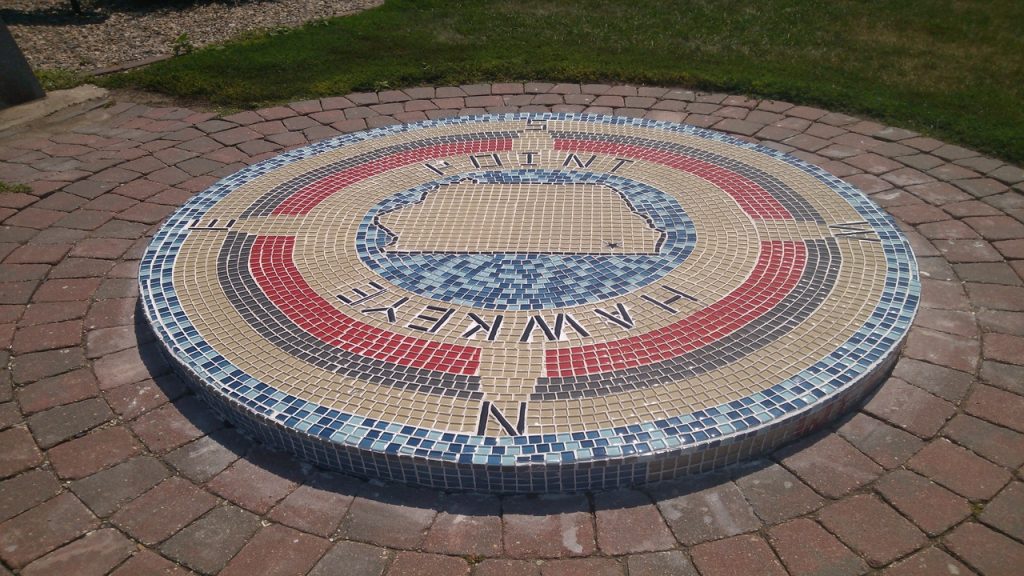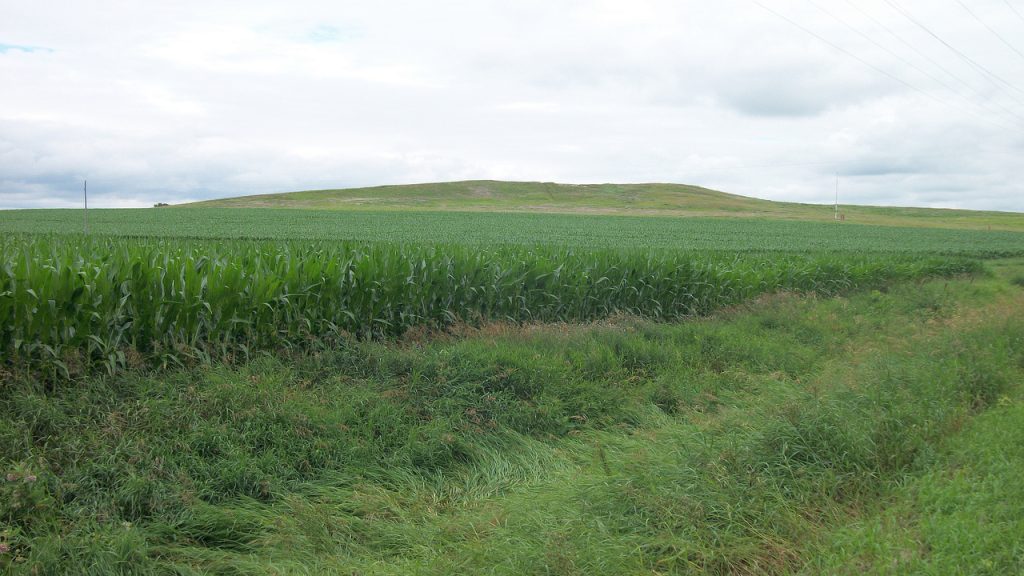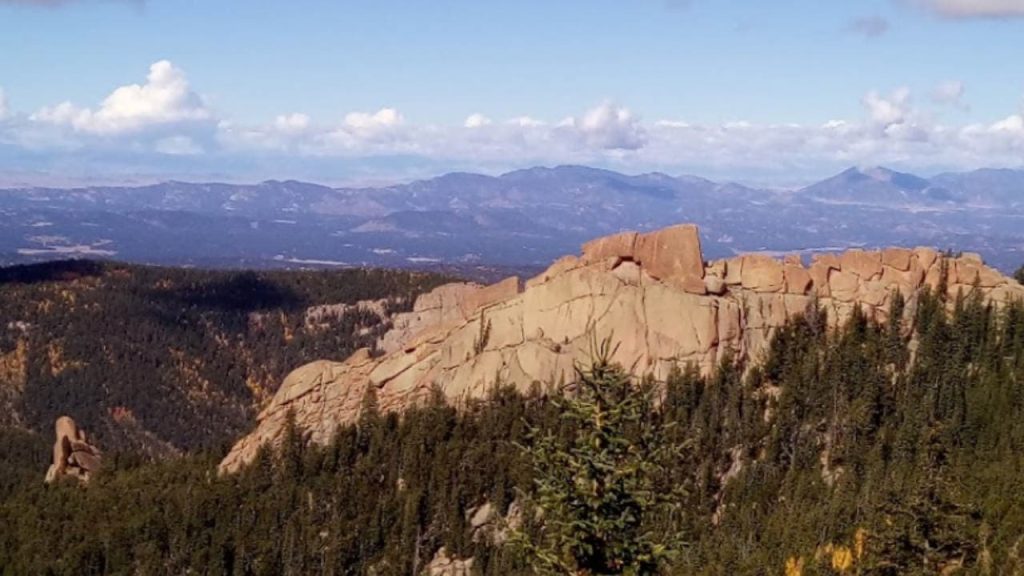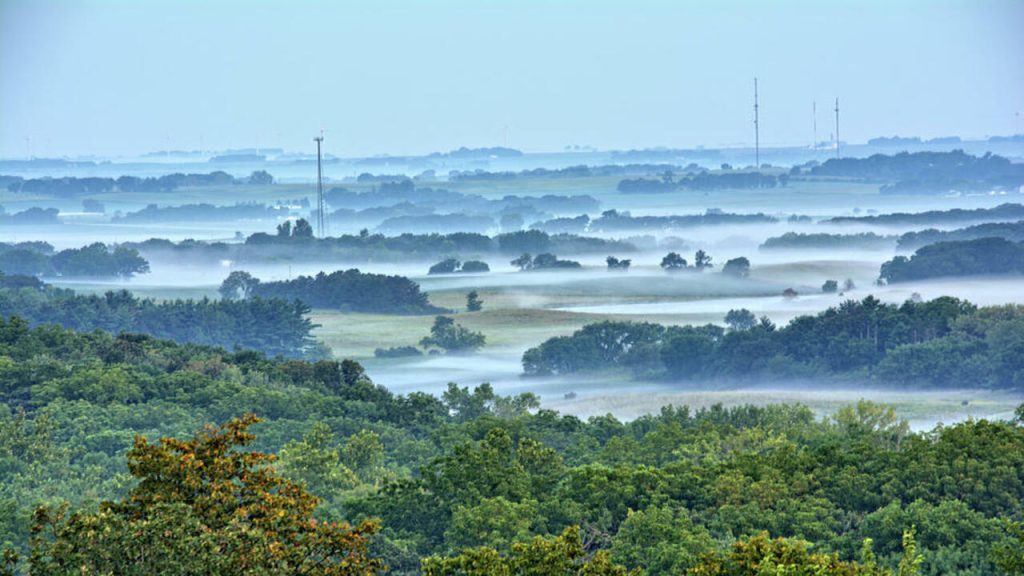Nearly smack dab in the geographic center of the United States’ 48 contiguous states sits the state of Iowa. It is bounded to the east by the states of Illinois and Wisconsin, as well as by the mighty Mississippi River.
There are a total of 28 recognized mountains in Iowa, despite the fact that the state is not especially well-known for being the location of harsh and rocky peaks. The huge Wisconsin Glacier, which covered the northernmost part of the state during the last glacial maximum, is responsible for the formation of the Loess Hills in Iowa.
These hills are made up of finely ground sediments that were left behind by the glacier. As this ice moved forward, it crushed down the bedrock, turning it into microscopic particles that resembled dust. The meltwater that resulted from this process inundated the Missouri River Valley.
Here is a list of the top mountains in Iowa.
1. Hawkeye Point

With an elevation of 1,670 feet, Hawkeye Point may be found to the north of Sibley in the state of Iowa. The high ground may be found around 100 feet to the due south of an old silo. The Sterler family, who worked in this area for many decades, donated the land that includes the highpoint to Osceola County with the proviso that the site be made into a park.
The highpoint is located on the acreage that was donated. The ancient hog feed bunker that was located at the highpoint site and a few small barns were among the structures that were taken down by Osceola County’s Economic Development Commission and Hawkeye Point Committee. These buildings were considered to pose a threat to the general people’s safety.
2. Ocheyedan Mound

The construction of the Burlington, Cedar Rapids & Northern Railroad through the land that is now Ocheyedan gave birth to the town of Ocheyedan in the year 1884. There is a widespread misconception that the Ocheyedan Mound, which is located close to Ocheyedan, is the highest point in the state of Iowa. To the southwest of the city is where the Ocheyedan River runs.
3. Pikes Point

The entrance to Pikes Point State Park is located to the southwest of Spirit Lake in the state of Iowa in the United States. On a spit of land that juts out into West Okoboji Lake is where you’ll find this little park.
It has a shelter that is included on the National Heritage list, a playground, a swimming beach, boating, and fishing opportunities on the lake and room for picnics.
These are the most beautiful lakes in Iowa.
4. Pilot Knob

The entrance to Pilot Knob State Park may be found to the southeast of Forest City in the state of Iowa in the United States. It is one of the oldest state parks in Iowa, having been established in 1923.
During the years 1990 through 1995, the National Register of Ancient Buildings included a total of five individual structures and one neighborhood that had been designated as a nationally recognized historic district.
5. Wheelers Beach
There is a tiny bay known as Wheelers Bay, located on the south-eastern shore of the Isle of Wight in England. Access to the bay may be gained through a concrete slope leading down from the road that is located above the water, or via a seawall that can be walked along either from Ventnor or Horseshoe Bay. Along the seawall which extends the entire length of the harbor, the Isle of Wight Coastal Path may be found.
6. Birdsall Lime Kiln
A historic structure known as the Birdsall Lime Kiln may be found to the northeast of Decorah in the state of Iowa in the United States. Built in 1877. The inside walls of this structure are coated with firebrick that was manufactured in the area.
The plentiful limestone found locally was used in the production of lime. It was utilized as mortar for the construction of masonry structures, as well as in the paper-making processes of the Winneshiek Paper Company, which was located in Freeport, Iowa.
Take a look at these incredible waterfalls in Iowa.
7. Des Moines Beach
The city of Des Moines is the state capital of Iowa, as well as the most populated city in the state. There is a portion of the city that may be found in Warren County. In the month of September it was incorporated as Fort Des Moines, which was later abbreviated to “Des Moines” in the year 1857.
It is called after the Des Moines River, after which it is located, which is most likely an adaptation of the early French name for the river.
8. Maywood Beach
On July 4, 1931, it was first shown to the public by Maurice and May Woodson. The Woodsons were originally from Memphis and desired to escape the fast-paced lifestyle of the big metropolis. For more than half a century, Maywood has retained a significant amount of its original character.
Before certain radio advertisements in the 1990s began referring to it as a “Water park”, it was referred to as a “Swimming beach” in marketing materials and was never dubbed a “Water park”. The pristine lake was still spring-fed despite the addition of water slides over the years, and the water was so clean that you could see your feet even when standing in water that was five feet deep.
9. Pillsbury Point
Pillsbury Point was the site of the Spirit Lake Massacre, which took place in 1857 and resulted in the deaths of forty settlers and the kidnapping of four women by members of the Dakota tribe. The landscape-based method of park creation, which reached its zenith in the 1930s, is what gives the overlook its historic value.
This method achieved its pinnacle during that decade. The property border on the south side of the overlook is delineated by the six concrete property boundary markers that can be found there. There are twelve additional markers that denote the park’s perimeter; however, these markers are not located inside the historic designation area.
10. Gilleys Beach
It is considered to be one of the most important mountains in Iowa. A mountain that is both stunning and formidable. Moreover, Gilleys Beach has a stunning panorama and is covered with vegetation.
The climate of Iowa may be described as a humid continental climate. This indicates that it experiences both extremely high temperatures and extremely low temperatures, in addition to a significant amount of precipitation.

